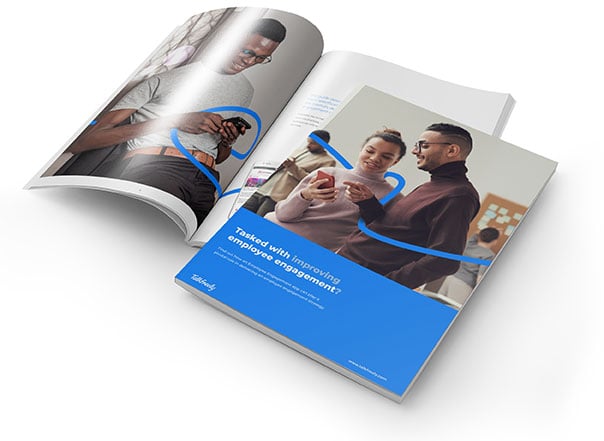Setting up an idea network for your business or organisation can liberate a wealth of knowledge and innovation to help your business grow or overcome issues. For many organisations, an idea network is a logical extension of their current employee engagement policy, while for others it is a major step forward in employee communications.
The question for many is therefore, how big can an ideas network be? While the answer, "As big as you want it to be" may seem glib, there are real world examples of idea networks that are literally changing the world.
One such network is the European Cooperation in Science and Technology (COST). Ideas networks amongst science and technology experts on an individual or team basis are nothing new, but intergovernmental examples are few and far between. COST is an organisation that actively supports collaboration between nationally funded research projects across Europe. Interestingly, COST cite benefits to all involved including allowing scientists to "Grow their ideas by sharing them with their peers and thereby give impetus to their research, career and innovation."
Note the word, 'career'. It's something that perhaps we are employers don't consider as a benefit of an ideas network, but they can play an important role in the personal and professional development of employees. The opportunity to discuss, develop and co-create solutions with experts from a variety of backgrounds and skill sets is just as valid for employees in a manufacturing company or organisation as members of a scientific project.
Interestingly, COST actively encourages international cooperation by insisting that each Action (working group) must have members from at least five COST member countries. It's an approach that (presumably) ensures a wider field of reference and skills. It might be an approach worth adopting if your organisation has many department or locations, in order to maximise potential and prevent one area or skill set dominating.
However, opening up your ideas network too far may have negative connotations. Recent research from the University of Pennsylvania found that "Best practices and complex ideas are more readily integrated across large organizations if social ties to departments and workgroups are preserved."
The crucial element here is 'social ties'. Define a group too tightly, such as a self-determined department, and chances are they'll not talk or socialise with other departments.
Consider the department as part of your organisation and, as the research suggests, it's this common link, the similarities between departments that "allow people in different social groups to encourage the adoption of a new complex idea."
However, throw the boundaries open too wide, and then "People have almost nothing in common … and therefore very little influence over one another, making it impossible to spread complex ideas."
The researchers point to the importance of preserving group boundaries both for the development of ideas and the dissemination of information. By preserving the boundaries, you also preserve another crucial element, social reinforcement. The more people that are 'behind' an idea, the more likely it is to succeed overall. "The success of a new initiative can depend upon group structures that can grow widespread support across a large organization."
For those of us in the process of setting up an ideas network, or currently managing one, this is actually very good news. It simply underlines what we already tend to do instinctively, which is to create User Groups to work on specific challenges, and leave others open to the wider community of all users of the network. This research shows that this approach is both manageable and productive for both your business and your employees.
Topics:
Innovation Management







